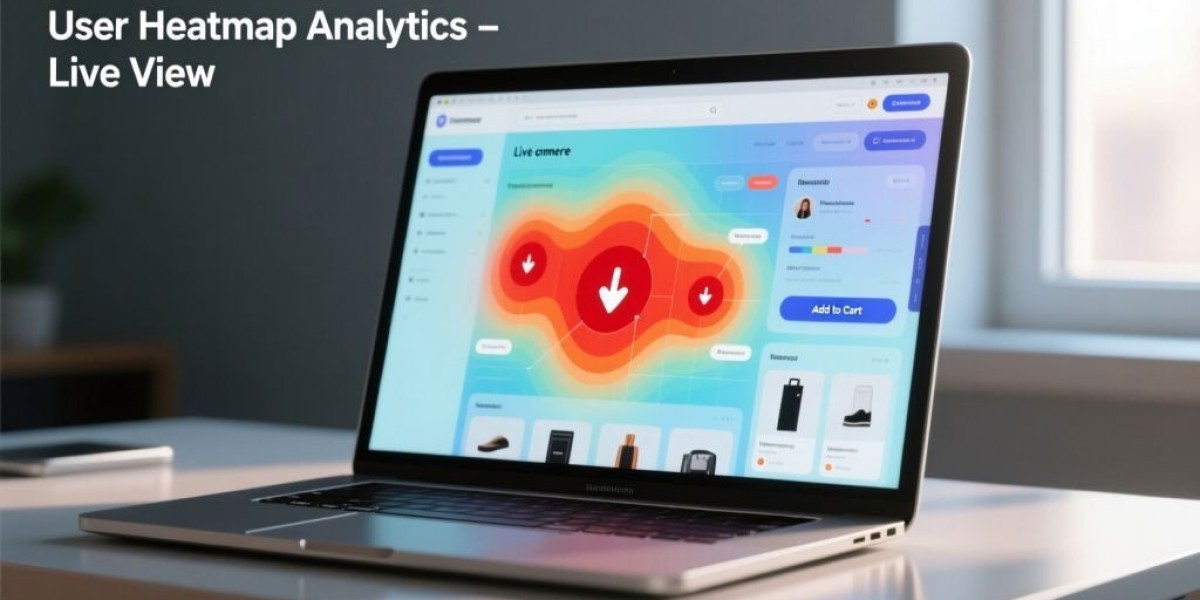A website is more than a digital showcase—it’s a purposeful tool designed to guide users, address their needs, and drive action. Great design makes this seamless, while poor design creates obstacles. But you can’t always tell which is which by looking. What feels intuitive to you might confuse visitors. What looks polished might fail to convert. Analytics provides clarity by revealing how people actually interact with your site. For businesses, it shows whether the site supports their goals. For a web designer, it’s a guide to craft a more effective user experience.
Why Analytics Is Critical
Designing a website without analytics is like navigating without a compass. You might think a bold homepage banner grabs attention, but data could show users scroll past it. You might assume a sign-up form is straightforward, yet analytics might reveal users abandon it early.
Web design services that leverage analytics make decisions based on evidence, not assumptions. This doesn’t limit creativity—it focuses it on what works, ensuring designs are both visually appealing and functional.
Tracking User Behavior
Analytics goes beyond counting visitors—it maps their actions. Heatmaps show where users click, pause, or stop scrolling. Session recordings capture their navigation in real time. Reports highlight which pages attract users and which push them away.
This data directly informs design. If a service page gets high traffic but few inquiries, a web designer might simplify its layout, emphasize benefits, or remove distractions. Simple metrics like bounce rates (when users leave quickly) or conversion rates (when users complete goals like purchasing or contacting) provide clear signals for improvement.
Refining Design Step by Step
Websites aren’t static—they evolve. Analytics makes that evolution smarter. Consider a contact form with many visitors but few submissions. The issue might be too many fields or an unclear button. A web designer can test a shorter form or a more prominent button, then measure the impact.
Navigation also benefits from analytics. If users frequently search for “pricing” or “support,” those pages aren’t prominent enough. Adding them to the homepage or main menu, guided by data, improves usability. Each data-driven tweak strengthens the site over time.
The SEO Connection
Search engines reward sites that engage users. If visitors stay, explore, and act, rankings rise. If they leave quickly, rankings drop. Analytics shows what users value, allowing a web designer to highlight those elements. For example, if blog posts drive traffic, web design services might feature them prominently. If product pages keep users engaged, streamlining their design can boost conversions.
This link between analytics, design, and SEO is critical. Search engines track user behavior, not just code. A site that works well for users naturally ranks higher.
Turning Data into Solutions
Analytics can overwhelm with metrics—page views, time on site, exit rates. The key is making them actionable. If 60% of users leave a homepage in under 10 seconds, that’s a sign it’s not engaging. A web designer might simplify the layout, clarify the messaging, or make the call-to-action more visible.
Web design services excel when they translate data into clear recommendations. They don’t overwhelm clients with charts—they highlight what to fix and why, ensuring changes drive results.
What Businesses Should Track
Business owners don’t need to be analytics experts, but they should monitor key signals:
- Where traffic comes from (search, social, referrals).
- Which pages retain users longest.
- Where users exit the site.
If most traffic is mobile but the site isn’t optimized for phones, that’s a design flaw. If one page drives most conversions, it’s worth emphasizing. A Singapore web designer skilled in analytics can turn these insights into practical updates.
Risks of Ignoring Analytics
Without analytics, design flaws go unnoticed:
- A homepage that looks sleek but confuses users.
- Critical content buried in submenus.
- Calls-to-action lost in cluttered layouts.
- High-traffic content not promoted effectively.
These issues aren’t always visible without data. Skipping analytics means businesses may see fewer leads or sales without knowing the site is the problem.
Analytics as a Continuous Cycle
The best analytics approach is ongoing: measure, adjust, measure again. Each cycle refines the site. For example, an e-commerce site sees users abandon carts. The web designer simplifies checkout, removing extra steps. Analytics shows fewer drop-offs. Later, data reveals users hesitate at payment options. Another tweak follows. This iterative process keeps the site aligned with user needs.
Closing Thoughts
Analytics transforms website design from guesswork to precision. It shows what users do, not what you hope they do. For businesses, it’s the difference between a site that looks nice and one that performs. Web design services that harness analytics create purposeful, adaptable solutions. A web designer who relies on data builds more than a layout—they craft a tool that evolves with the business.
At its core, analytics is about people. The data reflects their actions, challenges, and preferences. When design is guided by those insights, a website becomes more than a digital presence—it becomes a dynamic, effective asset.













